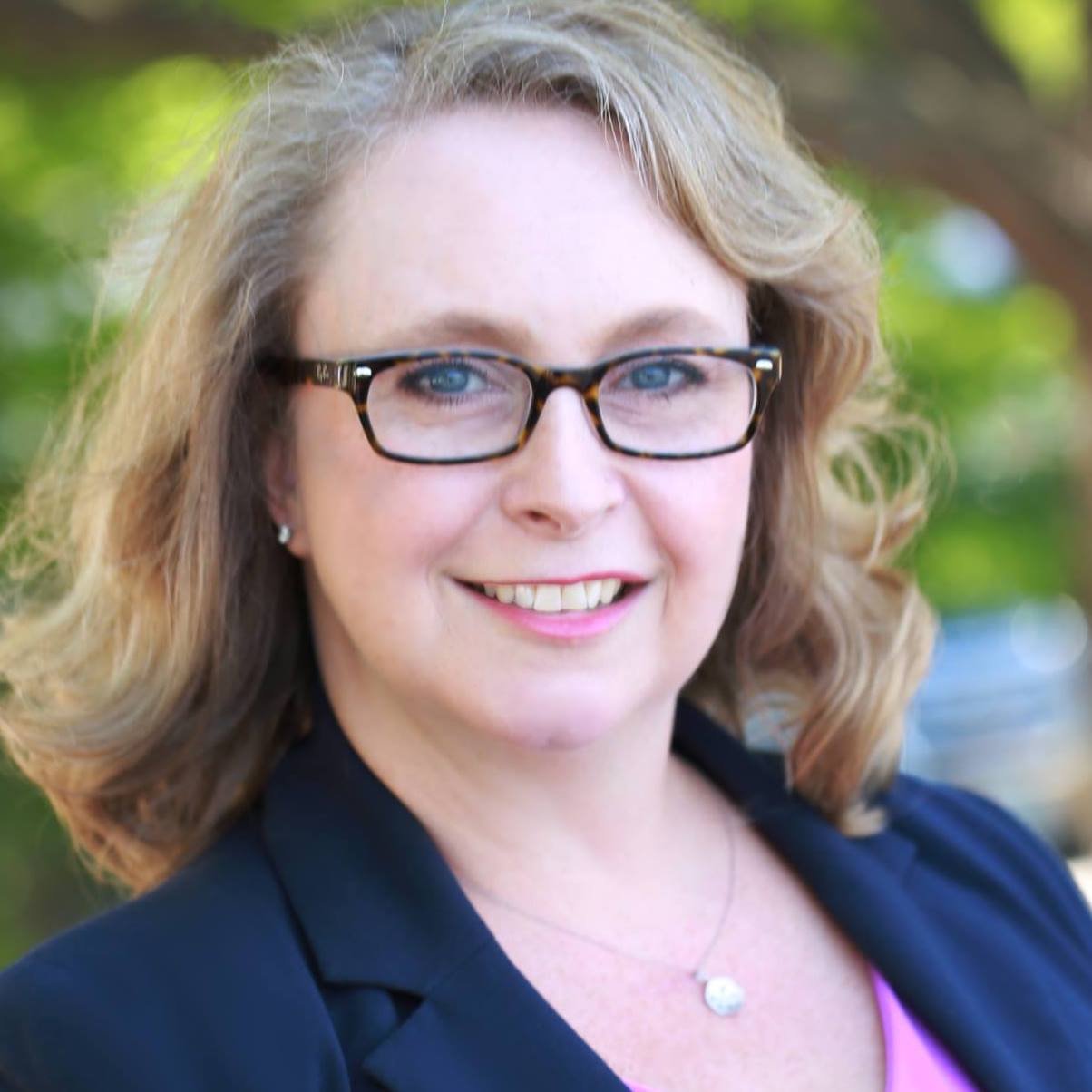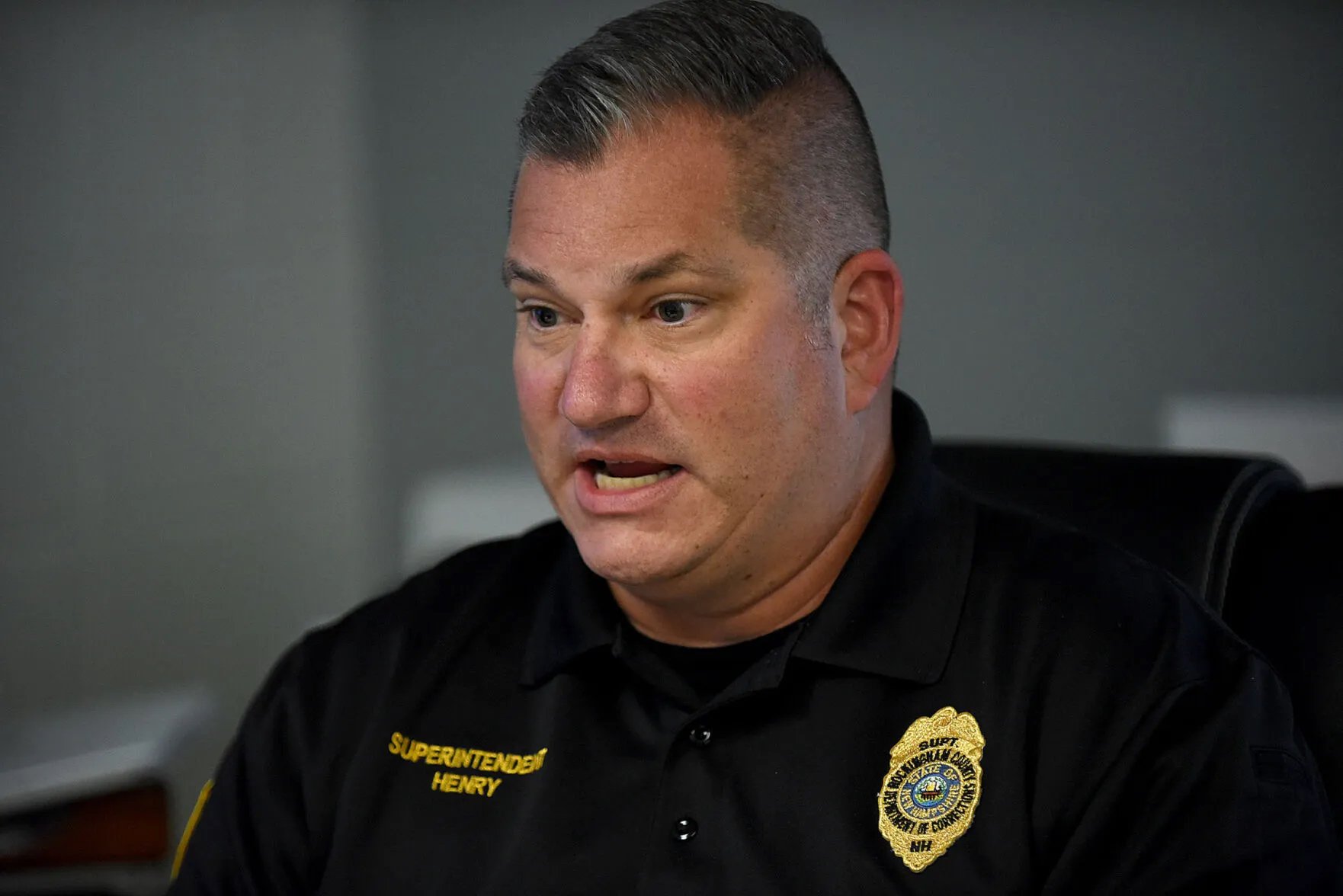A new wave of young voters will enter the electorate this fall. In this year’s presidential election, over 40 million members of Gen Z — the generation of people born in the late 1990s and early 2000s — will be eligible to vote. These voters could have a large impact on what happens at the ballot box. It’s no wonder candidates are courting this influential segment of society. Here to discuss how Gen Z’s influence may shape the 2024 election is Dante Scala, professor of political science at the University of New Hampshire.
By Rosemary Ford and Caitlin Agnew
This article has been edited for length and clarity.
Melanie Plenda:
Dante, your research, published in January by UNH’s Carsey School of Public Policy, discussed the large pool of new voters entering the New Hampshire electorate. More than one-fifth of potential voters in the 2024 New Hampshire primary were new, either because they moved from elsewhere or because they reached voting age. Is that a typical number of new potential voters? How could that change things?
Dante Scala:
It is typical. My colleagues Ken Johnson, Andrew Smith and I have been running these numbers dating back now about 15 to 20 years, and reliably every four years the number of people new to the New Hampshire electorate is in that range of 15 to 20%, so we're talking one out of five, one out of six voters who are new to New Hampshire elections. Now, of that slice of the electorate, that new slice, most of those people are, in fact, not necessarily young, but they're migrants to the state, right? They've moved to the state over the last several years, and now they're getting ready to vote for the first time. The smaller slice are those younger voters. For instance, in 2024 we found 22% were new since 2020; 16% of those were migrants, and the other 6% were young people.
Melanie Plenda:
How uniform are the political beliefs of these young voters? Do they differ from older voters?
Dante Scala:
They do seem to be more liberal and less conservative. But it's interesting — I was watching the Democratic convention and looking at Barack Obama and thinking to myself, “I haven’t aged, but Obama's aged a bit.” You think back to that time period and his appeal to younger voters, and it was relatively uniform — roughly equal percentages of young men and young women were supportive of Obama.
Nowadays, you see a good amount of division among young voters — especially the gender gap is quite clear between young women, who are definitely trending Democratic, and young men who have more conservative beliefs. So there's that split going on. But even among those young people who describe themselves as Democrats, they're what the Pew Research Center calls “outside left voters.” So they don't like Republicans very much, but they're a little suspicious, and they're not very patient with conventional establishment Democrats.
Melanie Plenda:
Every new generation entering the electorate brings its own unique concerns. What are some of the key issues for Gen Z voters in this election cycle?
Dante Scala:
I would start with concerns that are not unique and kind of general to the population, which is the economy and inflation, which affects young people in all sorts of ways. College tuition, housing — young people are trying to get their first apartment, moving out of their parents homes. There are bread-and-butter issues, like the economy, health care, housing and the job market, which has been good until lately, but we've seen signs of it slowing down that could affect young people.
Beyond that, this is a generation that's been raised and educated about climate change. They're quite ready to believe that we are in the midst of not just climate change, but a climate crisis. So that gets beyond traditional economic issues.
Abortion is clearly, for many young women, a front-burner issue, and I think that will certainly persist, especially in this presidential election, where Kamala Harris really has grounded herself and is very clear, sharp and to the point on reproductive rights, especially compared to Joe Biden, who, even though he was pro choice in his language, would express some ambivalence. That really dates back to the earlier parts of his political career and his own Catholicism. So you've got a candidate who kind of meets the moment with young female voters on an issue that has taken on such importance with the overturn of Roe.
Melanie Plenda:
After replacing Biden as the Democratic nominee, Harris has been seen front and center in the social media feeds of young voters through memes and edits featuring her speeches. Donald Trump also saw a surge of social media buzz after the assassination attempt. How will candidates’ social media content influence young voters' decisions to go to the polls in November?
Dante Scala:
I think the amount of time that young people spend on TikTok is a key point, and the ability to keep them engaged from minute to minute — just the amount of time young people, all of us, really, spend on their phones. I'm curious to see over the next nine to 10 weeks, what the novelty is on both sides to keep the ball rolling, so to speak, for these younger people.
Debates – are they going to watch for 90 minutes? I don't think so. Are they going to watch for 30 seconds? It used to be that you could rely on people watching maybe debate clips of four or five minutes on the news. Now we're going to be taking those 90 minutes of debate and perhaps slicing it into 10 to 15 seconds. And we see this happening around the world, how politicians, even older politicians, are trying to learn to use TikTok to present images of themselves that appeal to younger people.
Melanie Plenda:
As the presidential election approaches, Democrats and Republicans will be making the final push to secure the support of young voters. What do you think both candidates will need to do to win the youth vote?
Dante Scala:
Social media is all well and good for engagement, attraction and so forth, but I still think you need people on the ground where young people are. Physically on the ground, — on college campuses, such as University of New Hampshire, St. Anselm College, Franklin Pierce and so on — that will engage with people, get them enrolled and get them to the polls. Sure, that some of that can be done via social media, no question. But it's the ability to create networks, social networks of engagement, that are going to be the key test, I think, for how these campaigns blend social media with kind of old-fashioned getting people to sign up for things.
Melanie Plenda:
Finally, to sum up, what kind of an impact do you think Gen Z voters will have in this election cycle?
Dante Scala:
I really think it is interesting to watch, kind of mind the gaps among young people. I mean, we talked about the gender gap, we talked about possible enthusiasm gaps, identity gaps. Kamala Harris as a black South Asian woman will become a role model, a leader in particular for certain groups of voters. So I'm kind of watching for not just overall turnout, but the enthusiasm gaps — the young people getting to the polls, and will that happen evenly, or will, for young, say more conservative male voters, will Trump be seen as a figure of the past? That doesn't necessarily mean they'll go and vote for Harris, but will they show up for Donald Trump, or will they start to see him as kind of a figure who is receding from the present and someone who doesn't excite perhaps the way he excited a previous generation,
Melanie Plenda:
Dante Scala, professor of political science at the University of New Hampshire. Thank you so much for joining me here on The State We're In today.
“The State We’re In” is a weekly digital public affairs show produced by NH PBS and The Marlin Fitzwater Center for Communications. It is shared with partners in the Granite State News Collaborative, of which both organizations are members. These articles are being shared by partners in the Granite State News Collaborative. For more information, visitcollaborativenh.org.













